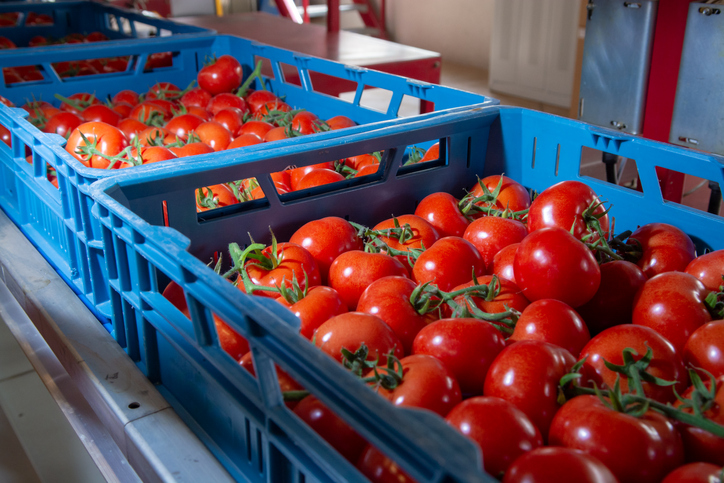 The goal of bulk food grade transportation is to have goods arrive safely and in their proper condition. Here are the key guidelines to ensure this happens.
The goal of bulk food grade transportation is to have goods arrive safely and in their proper condition. Here are the key guidelines to ensure this happens.
Food supply channels should always focus on food safety without compromising on standards. Considering that tons of food products are sold and shipped to distributors like groceries every day, bulk food safety is one of the few non-negotiable things.
In the USA, the Food and Drug Administration has set forth some minimum standards for bulk food transporters to adhere to when moving food. Besides promoting food safety, these guidelines demand that food producers maintain quality to ensure that the food is distributed in good condition.
Here are several recommendations for distributing food in large quantities.
Keep tabs on supply chains
When producing food in bulk, there are several stakeholders along the line—some of whom work independently. Having this many moving parts can compromise the quality of the end product, especially if they operate without monitoring. Being involved in all these processes, give the necessary oversight to unearth loopholes, safety hazards and solve them before they become bigger.
Pest control
In warehouses, rodents and other pests can be a menace and more often than not they can find their way to packed products. To prevent contamination of food and resulting issues like food poisoning and legal issues, you must fumigate your warehouse to keep these small pests at bay. Stating on top of your pest issue prevents it from festering into losses or disease because food transit can take anything from a few hours to many months.
Training and education
When it comes to preventing disasters brought on by irresponsible actions, knowledge is a powerful asset. Food companies must invest heavily in training their workforce about the value of food safety and how to guarantee it. This training needs to be repeated frequently to keep everyone up to date with changes in regulatory requirements.
Fresh fruits and vegetables
You must adhere to FDA regulations about how to prepare while conveying fresh produce. To preserve quality before and after we put them on racks, certain products may need to be treated or put through additional processes.
Design requirements for tanks
Transporting food throughout the nation is not a straightforward task, despite what you might suppose. A firm that transports food must properly build its tankers and use materials that are both food-grade and ecologically safe.
Visual inspection
Conducting visual inspections is critical as one of the last steps in food grade transportation to maintain safety and quality. Visually checking the interior and outside of tanks before loading and shipping food in bulk allows you to spot any damaged packaging or products that will eventually be rejected, or worse, taint the entire lot of products. Check for potential issues such as leaks, cracks, and corrosion. This step also guarantees that the food items are free of pollutants.
Relevant documentation
Drivers of bulk food grade transportation trucks need proof of the calibre and security of the food being carried, like the wash tag certifying that the tank has been cleaned and audited before being packed. The bill of lading where all shipment information, including the sealing numbers, should also be verified and noted.
Sealed tankers
Important signs of uncontaminated food are the seals used on tankers and other shipping boxes. Security seals are applied after tankers are filled and sealed to reveal any signs of tampering. The load might pose a major safety risk if seals are missing or have been tampered with.
Key takeaways
With a proven track record in facilitating bulk food transportation, ShipNorthAmerica is your ultimate resource that simplifies logistics. Enlisting us reduces all your communication bottlenecks and ensures every stakeholder is on the same bandwidth. Contact us now to find out more about our bulk food grade transportation services.
